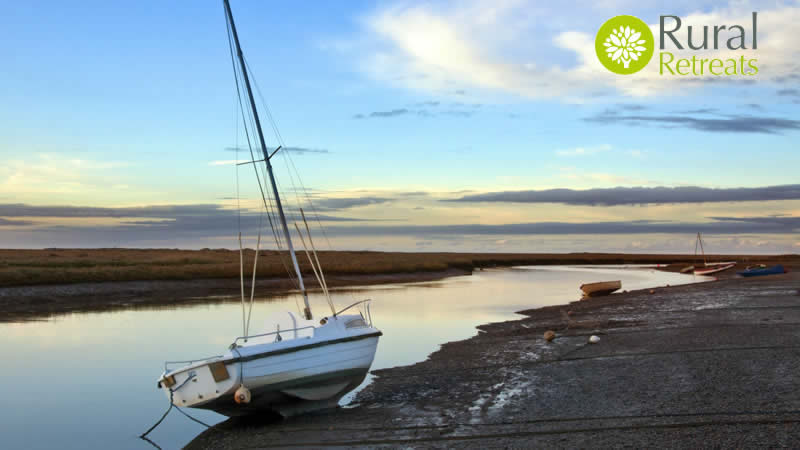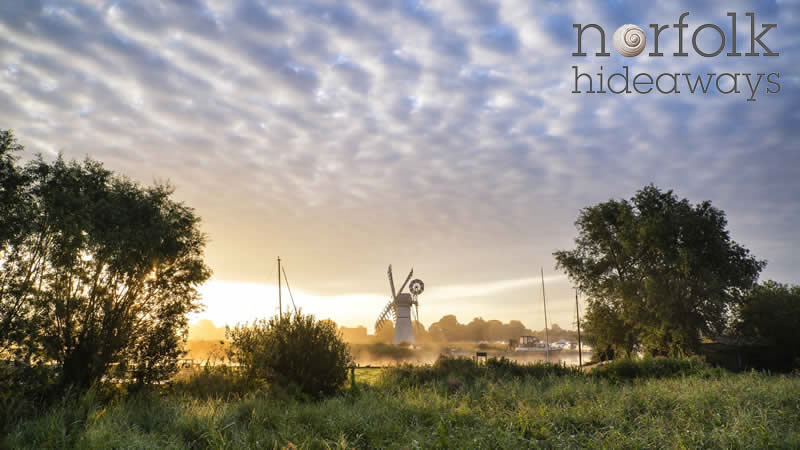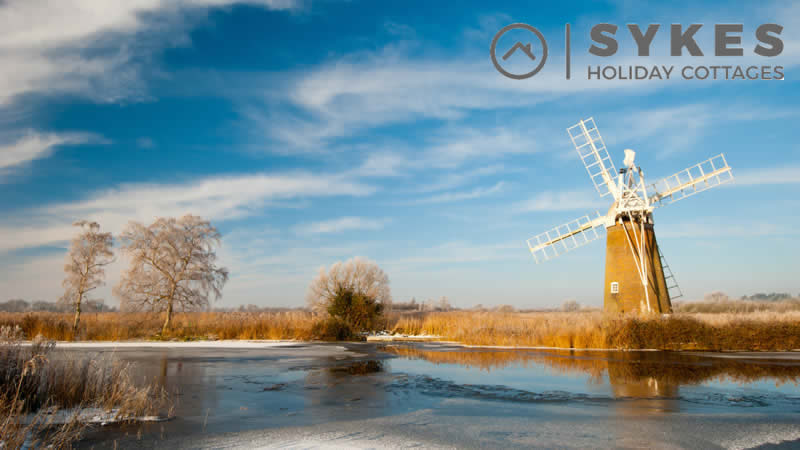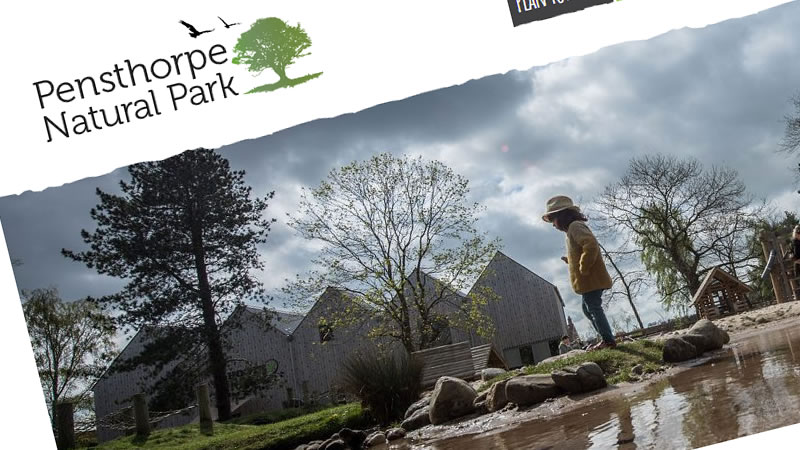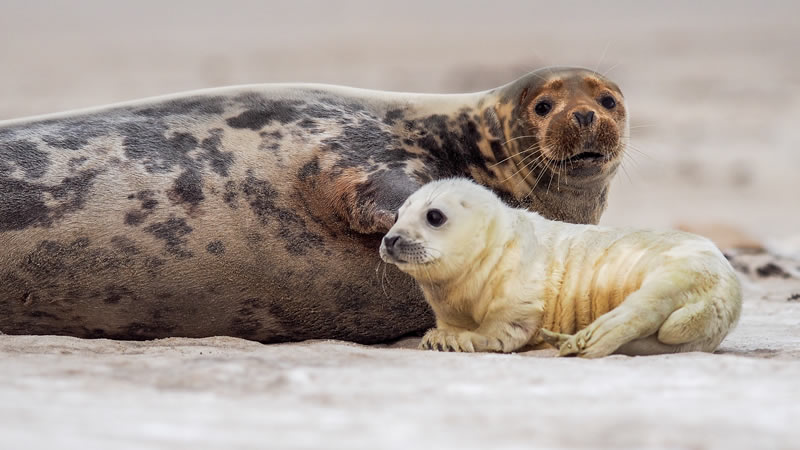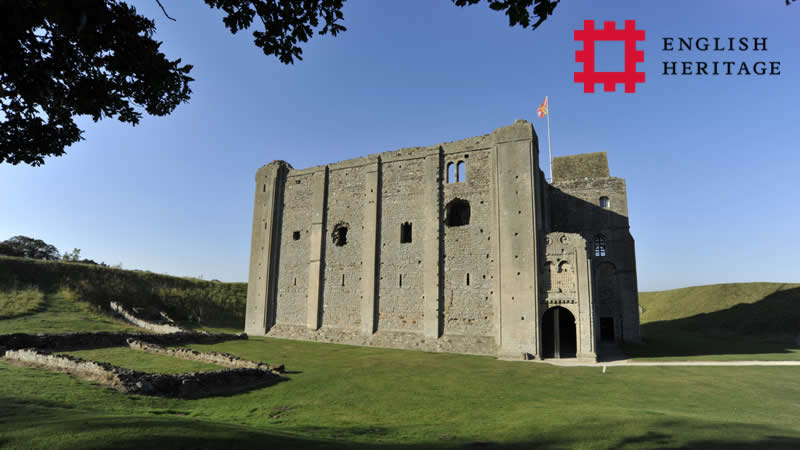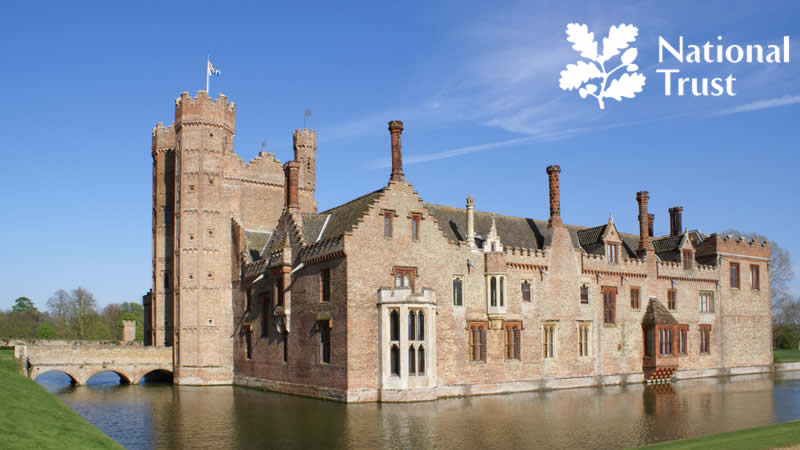Nature Reserves
Norfolk has many nature reserves, from those that are on the stunning Norfolk coast to those found on inland broads, in woodland or countryside. These tranquil places offer a wealth of flora and fauna and plenty of opportunities to get up close to nature. Birdwatchers, photographers, walkers and those who just love wildlife and the outdoors are spoilt for choice in Norfolk.
Pensthorpe Natural Park is home to many species of waterfowl and waders and an array of other birds. Close to Fakenham, visitors can explore over 200 acres of meadowland, woodland and lakes and makes the perfect destination for those who love wildlife. There is a café, well-stocked gift shop, play areas for younger visitors, organised tours and talks and beautiful gardens to explore. A destination the whole family will enjoy.
Blakeney Point on the north Norfolk coast has a number of hides dotted around the water’s edge, where visitors can study the large variety of bird life. On nearby sandbanks there is a large colony of seals and, by catching a boat from Morston, visitors can enjoy a closer look at these fascinating creatures.
Norfolk Wildlife Trust’s Cley Marshes is the trust’s oldest and best-known nature reserve. The two Norfolk Wildlife Trust reserves at Cley and Salthouse together create a single coastal reserve of more than 300 hectares. They are home to a large number of rare migrants that are attracted by the wide expanse of salt marshes and all they hold. Cley and Salthouse Marshes is one of the country’s most popular birdwatching sites, attracting thousands of human visitors each year. The numerous hides offer fantastic views across pools and scrapes that are specially managed to attract breeding and passage birds. There is an award-winning visitor centre, regularly changing exhibitions, and a well-stocked gift and book shop.
RSPB Titchwell Marsh is 1 mile west of Brancaster on the north Norfolk coast and has hides and a visitor centre. There are reed beds, a lagoon, salt marshes and a sandy beach, attracting many species of bird, including marsh harriers, avocets, bearded tits and bitterns.
RSPB Strumpshaw Fen is between Acle and Norwich on the River Yare. The reserve has a mixture of habitats and attracts a wide range of wildlife. Visitors can explore reedbeds, woodland and orchid-rich meadows and may be lucky enough to spot marsh harriers, bitterns, Cetti’s warblers and kingfishers. There is an information centre, knowledgeable volunteers and various hides scattered over a very idyllic setting.
Sculthorpe Moor is internationally recognised for its wildlife and is located in the beautiful Wensum Valley in Norfolk. It consists of a rich and unusual mosaic of woodland, fen and reedbed habitats, with boardwalks, hides, viewing platforms and a visitor centre.
Holme bird observatory is 3 miles north-east of Hunstanton and has hides and a nature trail.
Foxley Wood near Fakenham is owned by the Norfolk Wildlife Trust. It is the largest remaining block of ancient woodland in Norfolk and is renowned for its stunning bluebells and variety of wildlife.
Holkham beach has a mixture of sand, salt marshes, mudflats and sand dunes, with Corsican pines attracting a variety of wildlife.
Scolt Head Island is 5 miles west of Wells-Next-the-Sea and is accessible by ferry from Brancaster Staithe and Burnham Overy Staithe from April through to September.
Snettisham gravel pits on the Wash have hides and an information centre. Flocks of waders, ducks and breeding terns can be observed.
Hickling Broad is the largest of the broads and is managed by the Norfolk Wildlife Trust. There are many walking trails, boat trips from April-October and a visitor centre.
Thorpe Marshes borders the River Yare and is managed by the Norfolk Wildlife Trust and is one of the Trust’s more urban sites. It has a wonderful mix of habitats including marshland and dykes and is home to an abundance of wildflowers, many dragonfly and damselfly including the rare Norfolk hawker and emperor dragonfly.
Further information can be found using the following link:
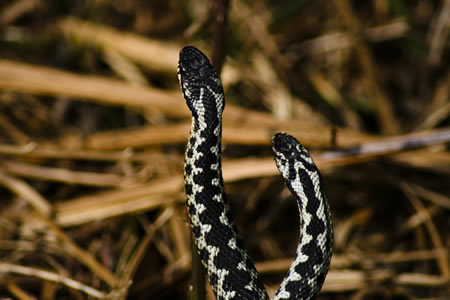

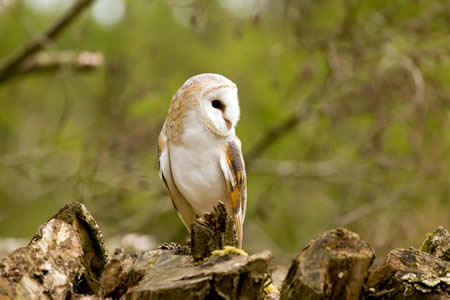
The finest holiday cottages & self-catering accommodation in Norfolk.
Book with Norfolk Hideaways
Find & Book
The Hogg
, Norfolk
Located in the rural village of East Rudham, The Hogg is a large detached property with the wow factor. A perfect escape for a family or group of friends wanting a spacious, well-equipped and stylish retreat, this hideaway features a table tennis table, football goal and a pétanque court. Situated not far from fabulous beaches, you are also only a short drive to the stately home of Houghton Hall and gardens, Sandringham estate, and many great golf courses.

Hector's Hideaway
, Norfolk
Hector’s Hideaway is a modern, single-story coastal holiday home nestled within the exclusive Staithe Place development, situated in the heart of Wells-next-the-Sea, one of the most sought-after and popular coastal towns in North Norfolk. Tucked away in a tranquil cul-de-sac, this pet-friendly retreat boasts tasteful, traditional furnishings, and parking for two cars, placing a premium on both comfort and the convenience of easy access to both local attractions as well as those further afield.

Home Lea
, Norfolk
A wonderfully quirky brick and flint cottage with irregular shaped rooms, located on a quiet lane in the village of Docking, just ten minutes drive from the coastline and wonderful beach at Brancaster.
Pensthorpe Norfolk - Something for Everyone
Pensthorpe Natural Park is one of Norfolk’s finest attractions and is located 45 minutes from Norwich on the A1067 Fakenham to Norwich road. It is home to many species of mammals, birds, invertebrates and plants and its diverse range of habitats creates a stunning rich landscape which Pensthorpe Conservation Trust manages. With indoor and outdoor adventure play areas, educational facilities, talks and guided tours, bird hides, a café and gift shop, it’s a great place to visit, whatever your age.
Spotting the elusive Bittern in Norfolk
The bittern is one of the rarest breeding birds in the UK, it is very well camouflaged and spends all year round in Norfolk, making its home in reedbeds on the Norfolk Broads. The male has a very distinctive booming call, that it uses to attract a mate, and this can be heard up to 2km away between March and June.
Visit the Grey Seals at Horsey, Norfolk
From late October through to February a large colony of grey seals come onto the beach at Horsey, Norfolk to have their young. It is one of the few accessible UK mainland breeding sites where visitors can observe the grey seals and their pups.
The Marsh Harrier is a Norfolk Success Story
The marsh harrier is the largest of the harriers and is recognisable by its long tail and light flight with wings held in a shallow ’V’ formation. Females are larger than the males and have distinctive golden-yellow crowns and throat and chocolate-brown feathers. Males are lighter in colour and have a brown back, pale neck and head, gingery belly and long grey wings with black tips. In recent years the marsh harrier population has increased, and in Norfolk, it is not unusual to see this beautiful bird in flight.
See the Swallowtail Butterfly in Norfolk
The Swallowtail Butterfly, Papilio Machaon Britannicus is a large, strong and colourful butterfly that forms part of the Papilionidae family. The largest native UK butterfly, with a wingspan of up to 9cm, it is also one of the rarest. The Swallowtail Butterfly has very distinctive yellow and black markings and if you are lucky enough to spot one in flight, it’s a beautiful sight to behold.
Useful links
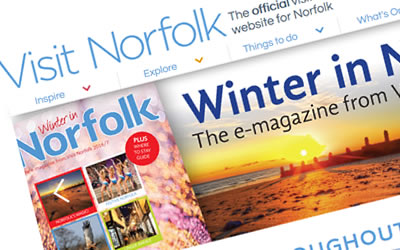
Visit Norfolk is the strategic voice of the county's visitor industry. This brand delivery vehicle, operated by Visit East Anglia, is responsible for promoting all that the county has to offer at local, regional and national levels.

https://www.rspb.org.uk/search/?q=norfolk
RSPB Norfolk - Passionate about nature, dedicated to saving it.

https://www.norfolkwildlifetrust.org.uk/
Norfolk Wildlife Trust helps to ensure Norfolk's habitats, wildlife and landscape are protected today and for future generations

